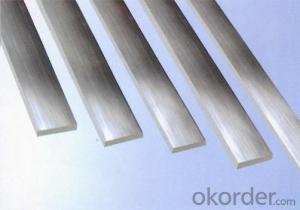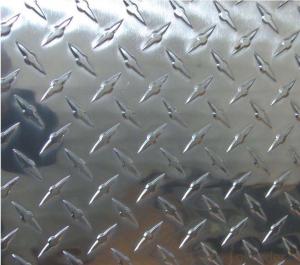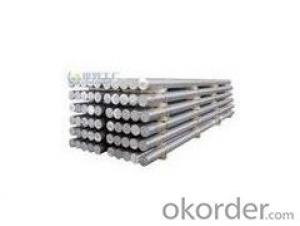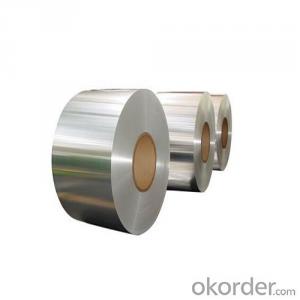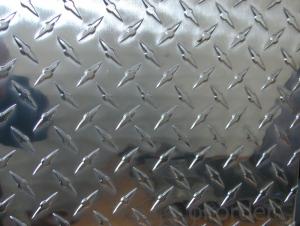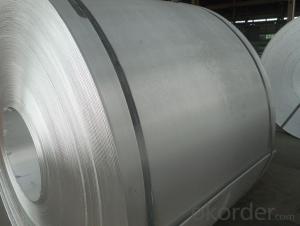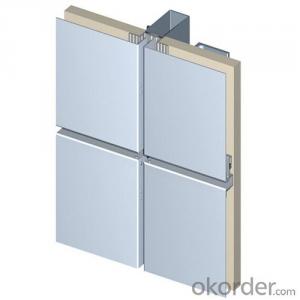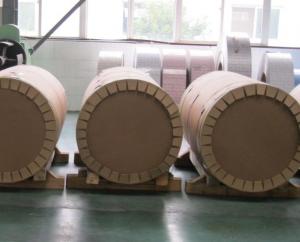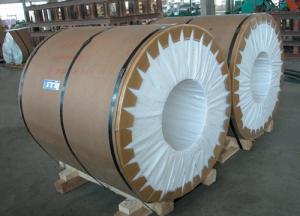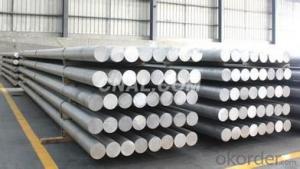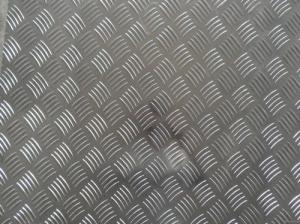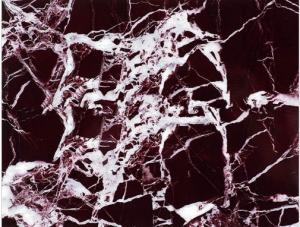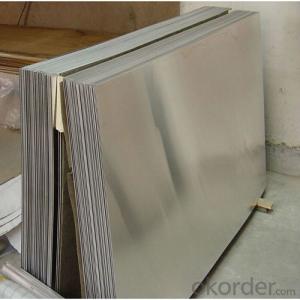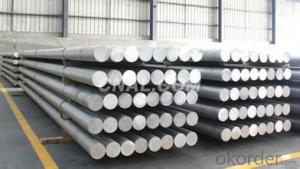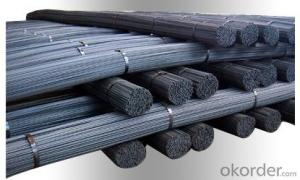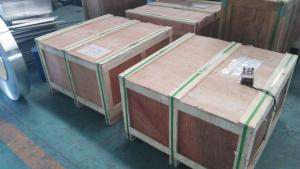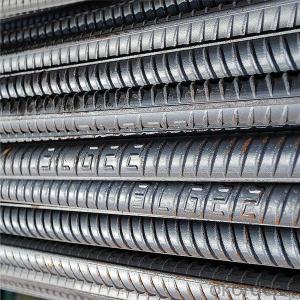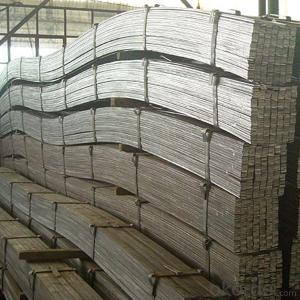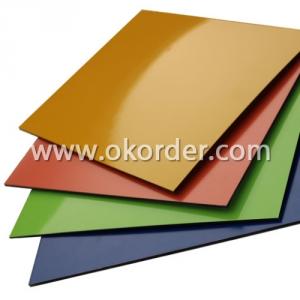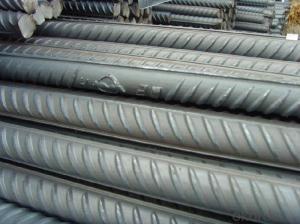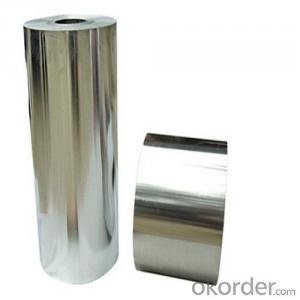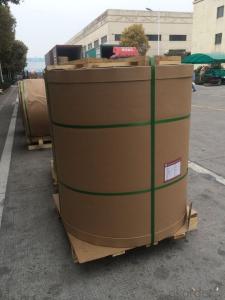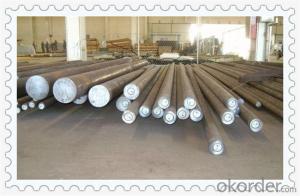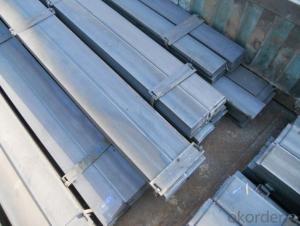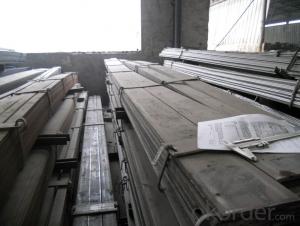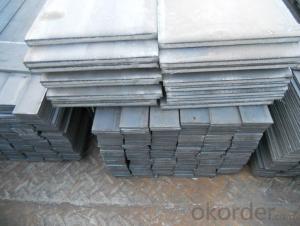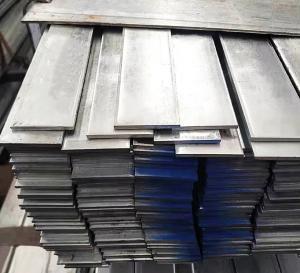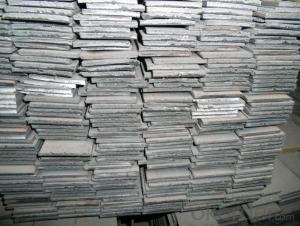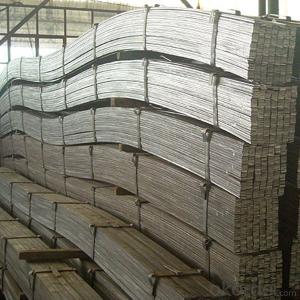3 4 X 3 8 Aluminum Bar Stock
3 4 X 3 8 Aluminum Bar Stock Related Searches
3/4 X 3/8 Aluminum Bar Stock 3 8 Aluminum Bar Stock 3/8 Aluminum Bar Stock 1 8 X 1 4 Aluminum Bar Stock 1 2 X 3 4 Aluminum Bar Stock 3 4 Aluminum Bar Stock 3 Inch Aluminum Bar Stock 1 8 X 1 Aluminum Bar Stock 3 Aluminum Bar Stock 1 4 X 1 4 Aluminum Bar Stock 1 8 Aluminum Bar Stock 5 8 Aluminum Bar Stock 3/4 Aluminum Bar Stock 1 4 Inch Aluminum Bar Stock 1 4 Aluminum Bar Stock 3 8 Aluminum Round Stock 3/8 Aluminum Round Stock 1/2 X 3/4 Aluminum Bar Stock Stock Aluminum Bar 1 X 2 Aluminum Bar Stock 3 8 Aluminum Plate 1 2 X 1 2 Aluminum Bar Stock 1/4 X 1/4 Aluminum Bar Stock Aluminum Triangle Bar Stock 3 8 Inch Aluminum Plate Aluminum Stock Bar 3 4 Aluminum Square Stock 3/8 Aluminum Plate 4x8 1/4 Aluminum Bar Stock 1 Inch Aluminum Bar Stock3 4 X 3 8 Aluminum Bar Stock Supplier & Manufacturer from China
3/4 x 3/8 Aluminum Bar Stock is a type of aluminum material that comes in a rectangular shape, with dimensions of 3/4 inch thickness and 3/8 inch width. This product is known for its lightweight properties, high strength, and excellent corrosion resistance, making it a popular choice for various industries and applications.The 3/4 x 3/8 Aluminum Bar Stock is widely used in construction, automotive, aerospace, and other industries where lightweight and durable materials are required. It can be used for structural components, framing, and support systems, as well as for manufacturing various parts and accessories. Due to its versatility and ease of machining, this aluminum bar stock is a go-to material for engineers and designers who need a reliable and efficient solution for their projects.
Okorder.com is a leading wholesale supplier of 3/4 x 3/8 Aluminum Bar Stock, offering a vast inventory of this product to cater to the needs of various customers. With a commitment to quality and customer satisfaction, Okorder.com ensures that the aluminum bar stock they provide is of the highest standard, meeting the specific requirements of different applications and usage scenarios.
Hot Products
